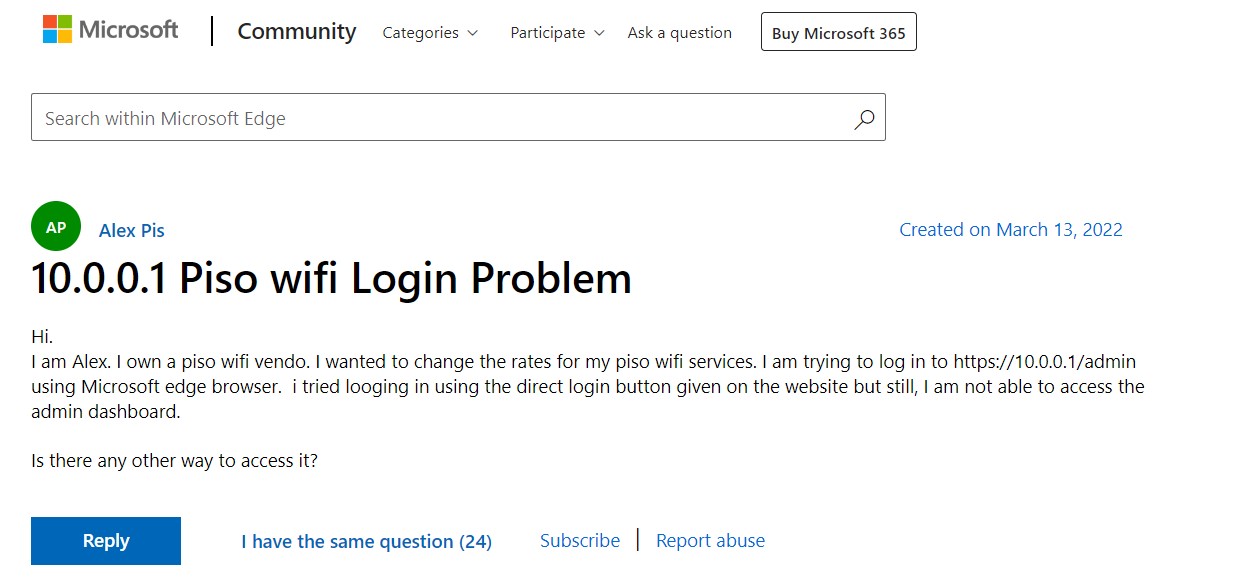How to Buy Smart and Secure Gadgets

Table of Contents
Internet of Things (IoT) has taken the world by storm. Almost all home gadgets can now connect to the internet and you can control most of them through your smartphone. Virtual assistants like Google and Alexa have also made our lives easier. From toothbrushes to light switches almost all gadgets are now IoT smart devices. There are even gym vests that connect to the internet to give us insights into our workouts. So, smart home devices can add convenience and efficiency to our daily lives.
Moreover, as the internet speeds get faster with 5G and packages like the Cox Giglablast, IoT devices are getting even more common. However, we should be very careful as they can be a security risk for our network traffic and data. They might be storing or sending our information to hackers without us knowing anything about it. So, knowing how to safely buy gadgets that are secure is important.
How Can Smart Devices Be a Risk?
IoT and smart devices can be a great way to make daily life tasks easy. It is so convenient to wake up and turn the light on with a remote. But, no matter how cool they are, they are still remote computers and can have security risks. For example, it was found that a brand of light bulbs was storing Wifi passwords without any encryption. So, throwing one bulb out could be the same as writing your Wifi password on a piece of paper and throwing it in the bin. Anyone could hack into your network without any difficulty whatsoever.
Moreover, often all your smart devices are on the same network. So, even if one gadget on the network is compromised it could put all others at risk as well. A Trojan horse, malware, phishing attacks, and even dumpster diving could risk sensitive information. So, even the ‘smartest’ and most secure devices could have potential security risks. You could lose important and sensitive data if you aren’t careful.
What Can You Do?
Picking the right gadgets and then setting them up correctly could make all the difference. You should also secure your smartphone that can control all these devices. Because someone who has access to your phone could also easily have access to your doorbell camera and lock. Here are a few important factors to consider.
Use Strong Passwords
One of the most important steps to consider is choosing a strong password for your devices. There are some devices that can have hard-coded passwords. It means that the manufacturer chooses the password for all the makes and models which are usually the same. They can be easy to hack into if hackers know your device’s model and manufacturer name. So, choose a strong password on your own and don’t use the same one for multiple devices.
Consider Functionality
Not all smart devices are going to help you out. Some are just supposed to perform the same functions that your phone can already do. So, instead of piling up on more devices, you should always consider what you’re getting. Because the more devices you end up buying, the harder it could be to keep a track of all of them. As a result, your cybersecurity architecture could have potential gaping holes that you didn’t consider.
For instance, you are buying a smart camera with the same features as your phone. Or you use your Bluetooth smart speakers only for playing music around the house. So, it can be worth remembering the value of money and your needs. It is good to ask yourself whether you are going to use the features on your smart refrigerator or not before investing in it.
Do Your Homework
Before you buy a smart device, you should know everything about it. This includes the security features, settings and the entire setup process. The more you know about the device, the better it is. If the device uses an integrated app make sure you understand all the permissions you are giving it on your phone. Some apps can have access to your personal information as well. So, if you don’t think the app is secure, you should revoke its permissions immediately.
Moreover, any associated web portals with the device should also use HTTPS certificates. It is better if the data traffic going through the device is end-to-end encrypted. However, Transport Layer Security (TLS) is a must-have. If all these terminologies don’t make sense to you, you might not be ready to set up a smart device in your home.
Don’t Ignore Updates
Most of the IoT smart devices in your home should have a secure online portal or integrated app. This is where you can change the settings, set verification procedures, or install updates. Most software updates are associated with bug fixes and security enhancements. You should regularly check for updates and install them as soon as you can. Outdated software might be the biggest reason behind security breaches because they could have malicious code or vulnerabilities.



